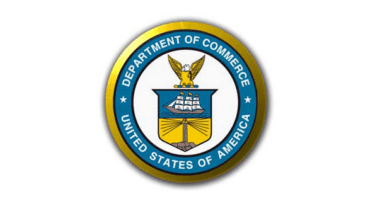By: Jennifer Horvath, Senior Associate Attorney
Effective November 25, 2016, the Bureau of Industry and Security (BIS) of the Department of Commerce implemented a rule to decrease the level of licensing required for certain turning machines or combination turning/milling machines, valves and pump, among other named items. The changes in licensing requirements aim to be more in line with export controls on such items promoted by other countries who are also members of the Nuclear Suppliers Group (NSG). The NSG is a multilateral export control group with 48 participating countries. One action of the NSG is to maintain a list of dual use items that could be used for nuclear proliferation activities. The list of these potentially subject items is found in the Annex to the NSG’s “Guidelines for Transfers of Nuclear Related Dual-Use Equipment, Materials, Software and Related Technology”.
The covered items include certain pressure tubes, pipes, fittings, pipe valves, pumps, numerically controlled machine tools, oscilloscopes, and transient recorders on the Commerce Control List (CCL). The licensing changes focus on removing Nuclear Proliferation (NP) Column 2 controls from the items. The amendments result in some of these items no longer being listed under an Export Control Classification Number (ECCN) on the CCL. However, the items remain subject to the EAR under the designation EAR99. It is important to keep in mind that the subject items could still be controlled under the EAR due to other reasons, such as end use, end user, embargoes or other special controls.
This rule also creates four new ECCNs to maintain anti-terrorism (AT) controls on certain affected commodities and related ‘‘software’’ and ‘‘technology.’’ One item is also controlled under chemical/biological (CB) reasons. Specifically, the enumerated valves still require a license to destinations listed on the Commerce Control Chart for CB reasons, under CB column 2. The new rule eliminates four ECCNs: 2A292, 2A293, 2B290 and 3A292. New ECCNs which have been created in their place include: 2B350, 2A992, 2A993 and 2B991. Although the new ECCNs and control changes are now effective for the enumerated items, implementation has a delayed start date for software specially designed for the production, use or development of items previously controlled under 3A292, such as software related to oscilloscopes and transient recorders. This software will continue to be controlled under EAR99 through January 31, 2017. As of February 1, 2017, the software for these items will be controlled under 3D991.
Overall, these changes lessen restrictions on the specified items, although a few reasons for control remain which may require a license.























